- Kenmore refrigerator water filters
- Whirlpool refrigerator water filters
- Samsung refrigerator water filters
- GE refrigerator water filters
- LG refrigerator water filters
- Frigidaire refrigerator water filters
- KitchenAid refrigerator water filters
- Maytag refrigerator water filters
- Kenmore Elite refrigerator water filters
- Estate refrigerator water filters
- GE Profile refrigerator water filters
- Amana refrigerator water filters
- Bosch refrigerator water filters
- Dacor refrigerator water filters
- Electrolux refrigerator water filters
Table Saw: Why does my table saw's overload trip?
Worn motor brushes, a bad drive motor, a faulty motor overload switch, using an improper extension cord and binding up the saw blade can cause the table saw's motor overload to trip.
A long or lightweight extension cord can cause a voltage drop that overheats the motor and causes the overload to trip. Use a shorter cord or a heavy-duty extension cord that can handle the current draw of the table saw. For a 120-volt table saw plugged into an outlet protected by a 15-amp circuit breaker, extension cord length typically shouldn't exceed 25 feet.
The motor can overheat if the saw blade binds up when cutting a work piece. Replace a dull or damaged cutting blade so it doesn't bind up when cutting a work piece. Using the wrong type of blade for cutting the work piece can also bind up the blade when cutting. Use the right type of blade for the work piece that you're cutting.
Worn motor brushes or a bad drive motor can cause the overload to trip. Check the condition of the carbon motor brushes and replace if they're worn. Replace the motor if it overheats or won't spin the blade when cutting light work pieces.
A faulty motor overload switch will trip even when the motor doesn't overheat. Replace the motor overload if it constantly shuts off the motor when the motor isn't overheating.

THESE REPAIRS MAY HELP SOLVE YOUR TABLE SAW PROBLEM
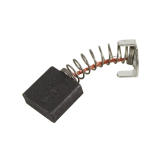
Replace the table saw carbon motor brushes
The spring-loaded motor brushes on the table saw mount against the rotating armature, transferring power to the armature. The motor brushes wear down after about 50 hours of run time. Replace the carbon brushes regularly to keep the motor running smoothly.
Table saw carbon motor brushes
Find the required part specific to your product.
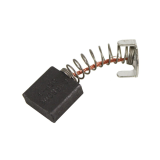
How to replace a table saw motor brush set
If your table saw motor is weak or won't run at all, the motor brushes could be worn. This repair guide and video show how to replace table saw motor brushes.
Repair difficulty
Time required
45 minutes or less
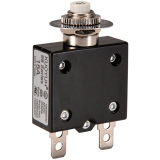
Replace the table saw motor overload
The table saw motor overload shuts off electrical power to the motor to protect the motor if it overloads or overheats. After the motor cools down, pressing the reset switch on the motor overload restores power to the motor circuit. Replace the motor overload if it won't reset or false trips.
Table saw motor overload
Find the required part specific to your product.
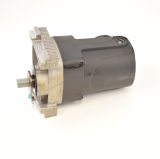
How to replace a table saw drive motor
If your table saw motor won't start, the motor might be worn. This repair guide and video show how to replace a table saw drive motor.
Repair difficulty
Time required
45 minutes or less
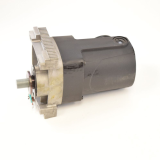
Replace the table saw drive motor
The table saw blade mounts directly to the drive motor arbor to spin the saw blade for cutting wood. A defective drive motor won't start or it trips the overload. Replace the drive motor if it's defective or worn out.
Table saw drive motor
Find the required part specific to your product.

How to replace a table saw drive motor
If your table saw motor won't start, the motor might be worn. This repair guide and video show how to replace a table saw drive motor.
Repair difficulty
Time required
45 minutes or less
Was this information helpful?
Symptoms for table saws
Choose a symptom to see related table saw repairs.
Main causes: worn motor brushes, faulty drive motor, using an improper extension cord…
Main causes: lack of power, broken on/off switch, bad motor overload, broken power cord, bad drive motor…
Main causes: saw dust build up, blade elevating and tilting mechanisms need lubrication…
Main causes: blade alignment needs adjustment, worn blade, bevel positive stops need adjustments, bevel pointer needs ad…
Main causes: worn motor brushes, bad drive motor, faulty overload switch, using an improper extension cord, binding saw …
Main causes: dirty saw blade, dull or damaged saw blade, blade alignment needs adjustment…
Repair guides for table saws
These step-by-step repair guides will help you safely fix what’s broken on your table saw.
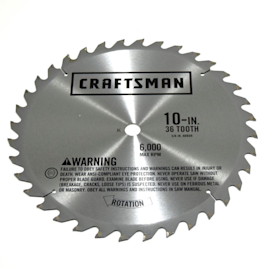
How to adjust a table saw blade
If the table saw isn’t cutting parallel to the miter gauge groove, adjust the cutting blade following the instructions i…
Repair difficulty
Time required
30 minutes or less
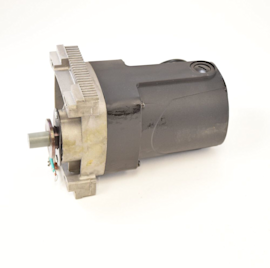
How to replace a table saw drive motor
You can replace a table saw drive motor that is weak or won't run. Here’s how.…
Repair difficulty
Time required
45 minutes or less
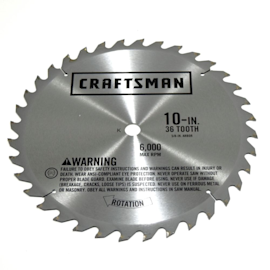
How to replace a table saw blade
If the table saw blade is dull or damaged, use these simple steps to replace it.…
Repair difficulty
Time required
15 minutes or less
Articles and videos for table saws
Use the advice and tips in these articles to get the most out of your table saw.

Learn about all the convenient features on our Sears PartsDirect website that make your parts purchases easier.…
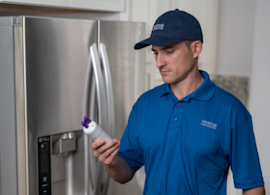
Get answers to frequently asked questions about Sears and Sears PartsDirect.…
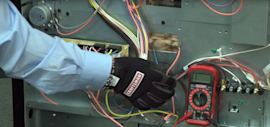
Learn how to use a multimeter to check for wiring problems in an appliance that's not working…